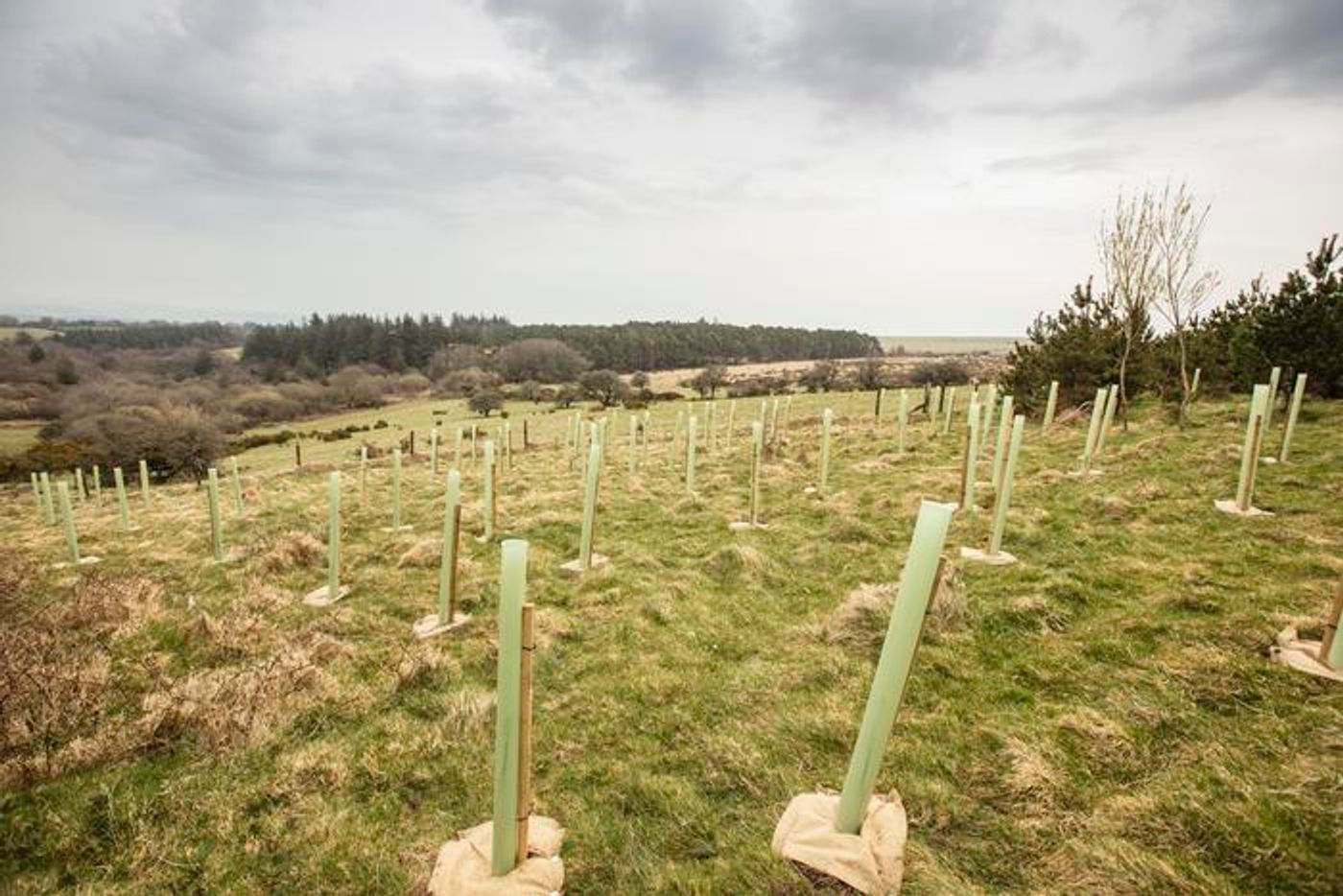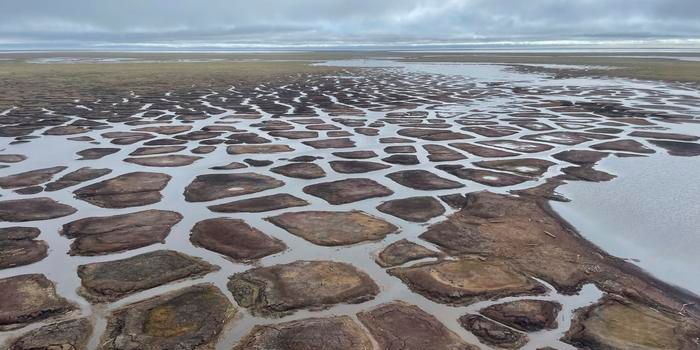The Impact of Soil Saturation on Woodland Creation: Insights from UK Uplands
Can climate change be fought using saturated soils, and what impacts would these soils have on newly planted trees? This is what a recent study published in Forest Ecology and Management hopes to address as a team of researchers from the University of Plymouth investigated how various soil saturation levels could influence the survival rates of newly planted trees meant to combat climate change. This study holds the potential to help scientists, conservationists, and legislators better understand the steps that can be taken to combat climate change without causing further harm to the environment.
The study involved planting acorns in four different soils: totally flooded, high saturation, medium saturation, and low saturation, with the water levels being just over eight-and-a-half inches (220 millimeters) beneath the acorns. In the end, the researchers discovered a zero-survivability rate for the totally flooded acorns while finding increased survivability rates for high saturation, medium saturation, and low saturation at 43 percent, 77 percent, and 83 percent, respectively. For the higher saturated acorns, the researchers also found decreased levels of leaf photosynthesis, root:shoot ratio, and decreased chances of late season shoot growth, as well.
To demonstrate how larger trees responded to soil saturation, a second experiment simultaneously planted English oaks at a separate site, which exhibited increased levels of leaf photosynthesis and shoot growth.
Image of planted trees as part of the Dartmoor Headwaters Pilot Project, which funded this study. (Credit: Lloyd Russell, University of Plymouth)
“There has been extensive talk about how larger trees respond to the effects of climate change,” said Dr. Thomas Murphy, who is a Lecturer in Environmental Sciences at the University of Plymouth and lead author of the study. “But these results show we need to factor in the response of young trees as well, especially if they are being envisioned as an integral part of the solution. By examining their response to conditions now, while also thinking about what these locations are going to be like in 50 years’ time, we can better understand the right trees for the right locations, and hopefully make these woodlands more resilient in the long-term.”
This study comes as 2023 was named the “world’s warmest year on record”, which accounts for records being kept between 1850 and 2023, with the planet’s average land and ocean surface temperatures being 2.12 degrees F (1.18 degrees C) higher than the average for the entire 20th century. Additionally, the ten warmest years since 1850 have all happened within the last decade, with scientists estimating a 33 percent chance of 2024 being warmer than 2023.
How will scientists continue to compare climate change with soil saturation in the coming years and decades? Only time will tell, and this is why we science!
As always, keep doing science & keep looking up!
Sources: Forest Ecology and Management, EurekAlert!, National Oceanic and Atmospheric Administration









